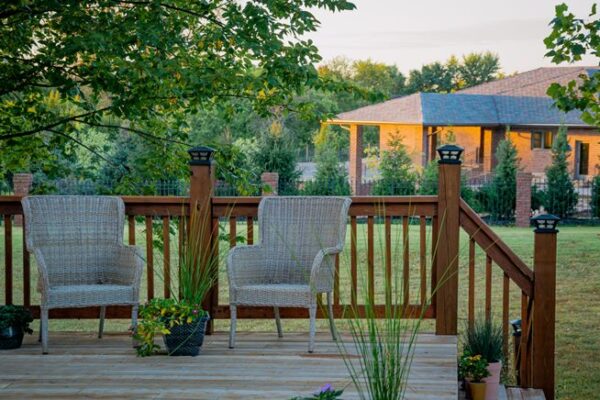Building a house or any other structure requires careful planning and decision-making. One of the most important decisions that you will make is the choice of building materials. In recent years, there has been a growing movement towards the use of natural and eco-friendly materials in construction. In this article, we will explore the advantages of using natural and eco-friendly building materials.
What Are Natural and Eco-Friendly Building Materials?

Natural building materials are materials that come from nature and do not require a lot of processing. Examples of natural building materials include wood, stone, clay, bamboo, and straw. Eco-friendly building materials are materials that have a minimal impact on the environment and do not harm human health. Examples of eco-friendly building materials include recycled materials, such as recycled plastic, glass, and steel, as well as materials that are renewable, such as bamboo and cork.
The Advantages of Using Natural and Eco-Friendly Building Materials
- Health Benefits: Natural and eco-friendly building materials are often free of toxic chemicals and volatile organic compounds (VOCs) that can be harmful to human health. This means that people who live or work in buildings made with these materials are less likely to experience health problems such as allergies, asthma, and respiratory issues.
- Sustainability: Natural and eco-friendly building materials are sustainable because they are either renewable or have a minimal impact on the environment. Using these materials helps to reduce the depletion of natural resources and the production of greenhouse gases that contribute to climate change.
- Energy Efficiency: Natural building materials such as wood and straw have excellent insulation properties, which means that they can help to keep buildings warm in the winter and cool in the summer. This can help to reduce the amount of energy needed to heat and cool buildings, which can save money on energy bills.
- Durability: Natural building materials such as stone and clay are often more durable than synthetic materials. They are resistant to fire, pests, and weathering, which means that they can last for many years with minimal maintenance.
- Aesthetics: Natural and eco-friendly building materials can add a unique and beautiful aesthetic to buildings. For example, wood can add warmth and character to a building, while stone can create a sense of solidity and permanence.
Using natural and eco-friendly building materials offers a range of advantages, including health benefits, sustainability, energy efficiency, durability, and aesthetics. When choosing building materials for your next construction project, consider using natural and eco-friendly materials to create a healthier and more sustainable living environment.

